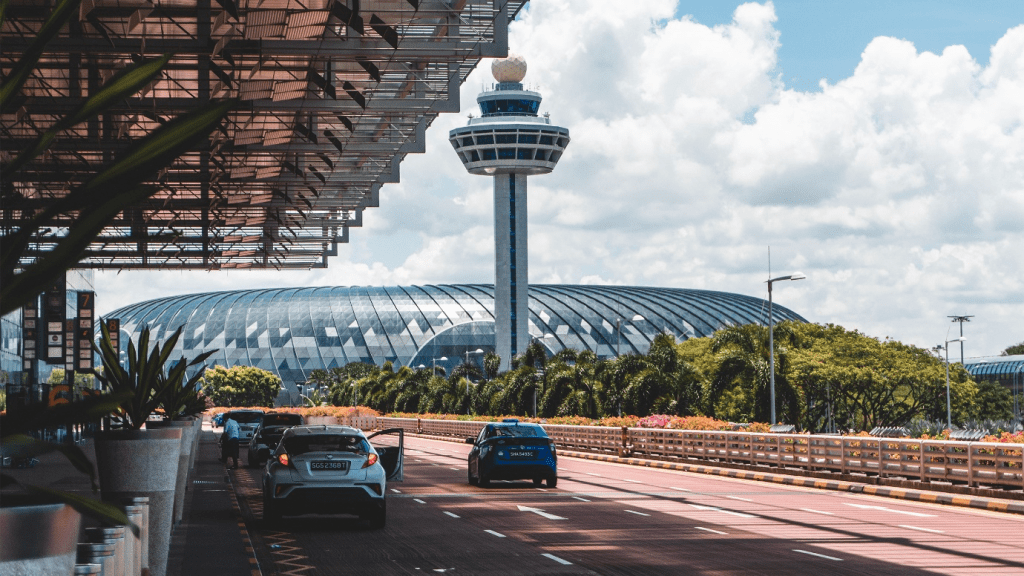
Canada Appeals for International Firefighting Aid
June 09, 2025: Canada has issued an international appeal for firefighting support as wildfires intensify across multiple provinces

May 27, 2022: -Air travel in Singapore is recovering and has reached almost 40% of pre-Covid levels despite border restrictions in China, Transport Minister S. Iswaran said.
According to data from the local tourism board, China’s passenger traffic is influential for Singapore. 3.6 million Chinese residents journeyed to Singapore in 2019, accounting for 13% of the total visionary.
China stayed among the top sources of visitors to Singapore during the pandemic, but that may be altering as other countries relax border measures. In April, Singapore accepted just 5,000 visitors from China, less than 2% of total arrivals.
Travelers to China still need to take multiple Covid tests and quarantine upon arrival. Still, Iswaran told CNBC on Wednesday at the World Economic Forum; there are opportunities for growth in travel.
“We’ve seen a significant rebound in air travel coming through Singapore, in less than two months from mid-March to mid-May,” said Iswaran.
With the vaccinated travel lanes, Singapore started allowing quarantine-free entry for vaccinated travelers from selected countries beginning in September 2021.
The scheme was expanded to more and more countries before Singapore switched to a vaccinated traveler framework, where inoculated people could enter the city-state from anywhere in the world without needing to serve quarantines.
Singapore has also dropped Covid testing requirements for vaccinated travelers and simple local virus control measures.
“Our focus has been on how we can safely do this so that we still are mindful of the potential risks from the pandemic, but at the same time, reconnecting to enable economic activity to take place,” Iswaran said.
According to the health ministry, Singapore has a vaccination rate of about 92%, and 76% of the population has received booster doses.
We provide the insights on leaders who are responsible for taking their organization to new heights, all the while bringing together a group of talented individuals.

June 09, 2025: Canada has issued an international appeal for firefighting support as wildfires intensify across multiple provinces

May 27, 2025: Air Canada Cuts Five U.S. Routes for Winter 2025–26, Part of Broader Cross-Border Retrenchment

May 26, 2025: Trump Freezes $2.2B in Federal Grants to Harvard Over DEI, Threatens Tax-Exempt Status.

May 14, 2025: Microsoft has announced plans to reduce its global workforce by approximately 3%, affecting roughly 10,000 employees across multiple departments.

May 13, 2025: The Trump administration is considering suspending the constitutional right of habeas corpus in a bid to accelerate mass deportations.

April 29, 2025: Donald Trump’s second term has reached the 100-day mark under sustained public skepticism, with national approval ratings